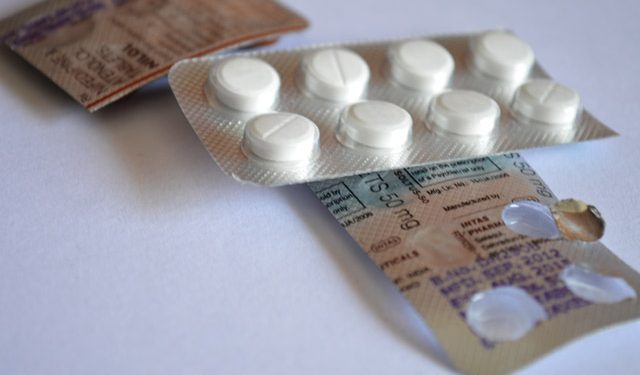Disagreements Between India and the US over Pharmaceutical Patents

Recent conflict between the US and India call into question the pros and cons of patent enforcement, as well as the need to protect both consumers and manufacturers of pharmaceutical products. On April 30, the US Trade Representative refused to downgrade India for its intellectual property management. In response, the US Senate Finance Committee demanded that the US take India to the World Trade Organization (WTO) to demote its standing on intellectual property rights (IPR) management. Fortunately, the US did not carry out its threats, but the dispute is far from settled. From a 1990s WTO complaint onwards, the US has been seeking to protect its pharmaceutical companies in India– and it seems that, for now, India is winning.
A Patent Problem
Patents and IPR give companies or individuals “ownership” over products and ideas that they own, so that others cannot steal and profit off of their research. However, in medicine, where the best-working drugs are generally the only ones on the market, oftentimes a single company is left in complete control over the manufacturing and sale of a drug, leaving no competition in the market to drive down prices. India’s denial of patents for many of these drugs, including Gleevec, a cancer treatment drug, has caused the opposite case, in which a lack of patent enforcement allows a large number of 3rd party manufacturers for drugs. This creates an abundance of competition, helping those at the bottom at the expense of the top.
Who is hurt
In India’s pharmaceutical market, 3rd party manufacturers, with no researchers to pay, can afford to sell their drugs for less than the original manufacturers. As a competitive market emerges, prices for the drug are driven down, well below the profitable threshold for the original manufacturer. The result is a loss for the US-backed pharmaceutical companies, who quickly lose competency in the market.
Who is helped
With cheaper drugs on the Indian market, the consumers are greatly helped. For a country with a relatively low per capita GDP of less than $2000/year, it is a blessing to many that drugs that were originally priced at $70000/year can now be bought for $2500/year – a 96% decrease in cost. So, at the cost of manufacturers’ profits, lax patent laws in India allow drugs to be more affordable to those who need them the most; increasing public health and sacrificing inter national relations.
Moving Forward
Who should be supported? While it is important that people be able to use medicines when necessary, to be able to find and afford them, it is equally as important for pharmaceutical companies to have the funds and incentive to develop new products to counter new illnesses. It is a paradoxical situation, where either option seems to cause more harm than good. It is clear, however, that the status quo is in no way good for India, American pharmaceutical companies, or the relationship between the two.
The only way forward will be found through compromise. Perhaps programs will be established to subsidize pharmaceutical companies selling at a lower price to reach more of the population. Or maybe programs on the other end will work to provide those in need enough to afford powerful medicines when necessary.
Any thoughts, ideas, or potential solutions? Leave them in the comments below!
[Image Attribute: Public Domain Pictures]



